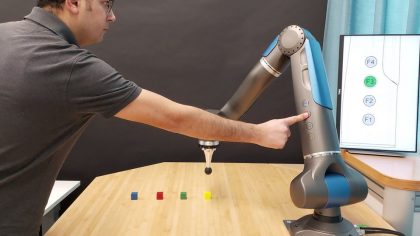A User-Centred Approach to AI Explainability
Let’s imagine that your doctor uses AI for your diagnosis. They may need to understand how the AI arrived at a certain conclusion — in other words, it must be explainable. User-centred design is a highly pertinent approach to achieving explainability. Learn more about this approach in this article.
Read the article



Explainability of artificial intelligence systems: what are the requirements and limits?
Read the article
Data and AI Ethics Council, guarantor of responsible AI at Orange
Read the article
AI: “the divide between freelance and in-house developers can be damaging”
Read the article

